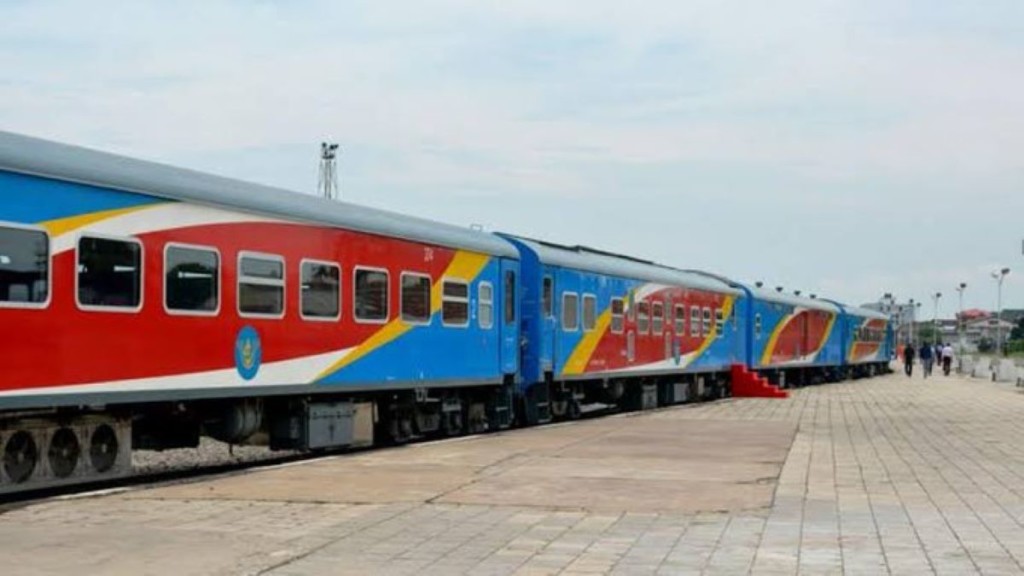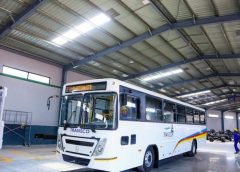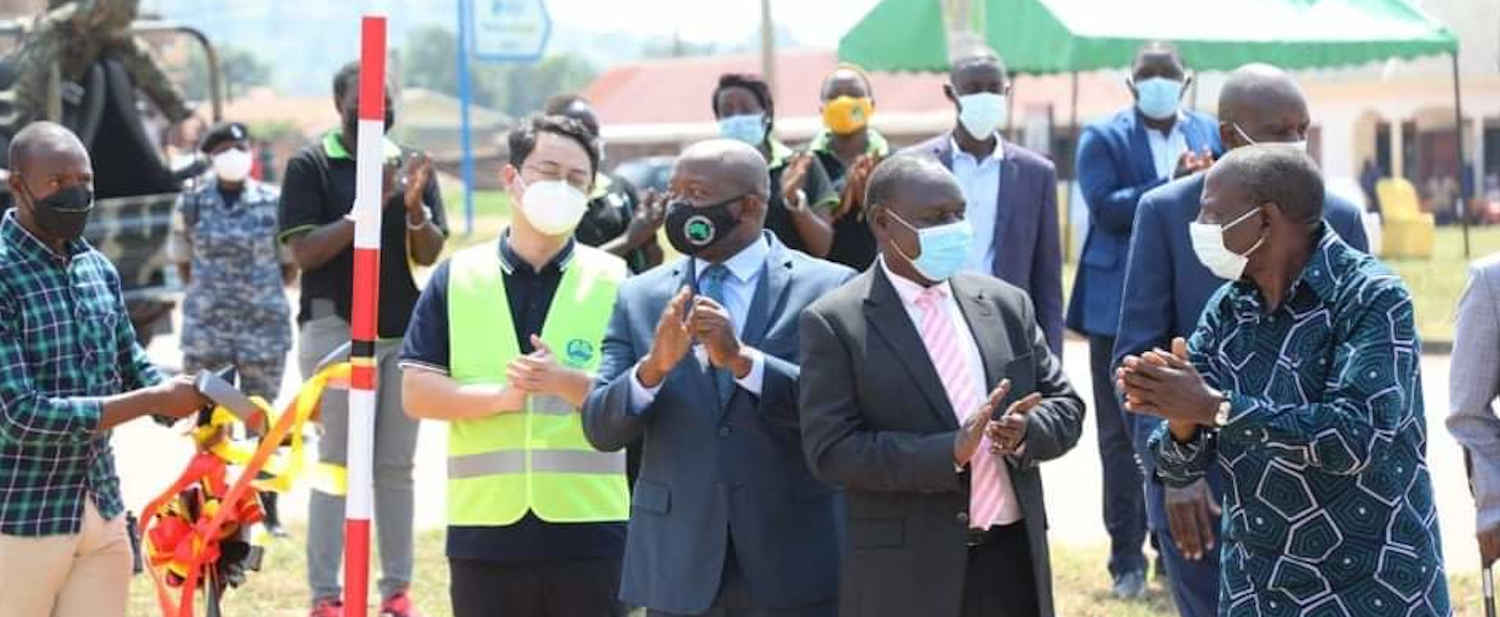The Democratic Republic of the Congo (DRC) aims to develop an autonomous railway industry to modernize its transport network, reduce its heavy dependence on imported manufactured goods, and create greater added value within its borders.
As part of this strategy to revive national rail transport, the country has launched an international call for expressions of interest for the establishment of a factory dedicated to the assembly and production of rolling stock (trains, wagons, and locomotives).
A Need for Diversification
The project is being led by the Ministry of Transport, Communication Routes, and Disenclavement. It comes at a time when the DRC is actively seeking to diversify its transport options due to the congestion and high costs of the current road network. Rail rehabilitation is seen as a sustainable and essential solution to streamline trade flows and improve connectivity across the country.
Following the renovation of the Kinshasa–Matadi line (366 km), authorities are now planning its strategic extension to the future deep-water port of Banana. This initiative aims to enhance logistical efficiency between the mining production zones and key port facilities.
Partnership and Knowledge Transfer
The ongoing tender provides for the creation of an assembly unit capable of producing several dozen locomotives and wagons each year. The program is contingent upon a targeted transfer of technical knowledge to Congolese engineers and technicians.
This public-private partnership (PPP), envisioned for a period of 25 to 30 years, will also include the establishment of a full ecosystem for maintenance, specialized training, and spare parts supply. Two main sites are under consideration for these facilities: Matadi, the country’s main seaport, and Kalemie, a central hub in the Tanganyika region’s rail network.
Conditions for Success
For the Kinshasa government, the goal is to lay the foundations of a truly national railway industry. However, the success of this initiative will depend on substantial investments in vocational training and the development of a local subcontracting network.
Without these preparatory actions, there is a major risk that the effort could be reduced to simple assembly of imported components, without generating real local value. Examples from countries such as Egypt and South Africa show that building a sustainable railway sector requires a strong industrial and technical base anchored in the long term.
Regional and Global Stakes
This ambition extends beyond national borders. By integrating more effectively into regional logistics corridors—particularly the Lobito and Tanganyika corridors—the DRC is strengthening its geostrategic position in trade flows between Southern Africa and the Indian Ocean markets.
By supporting the creation of local railway capacity, the country is not only seeking to reinforce its logistics sovereignty but also to significantly reduce export costs for cobalt and copper—mineral resources that are vital to the global energy transition.






